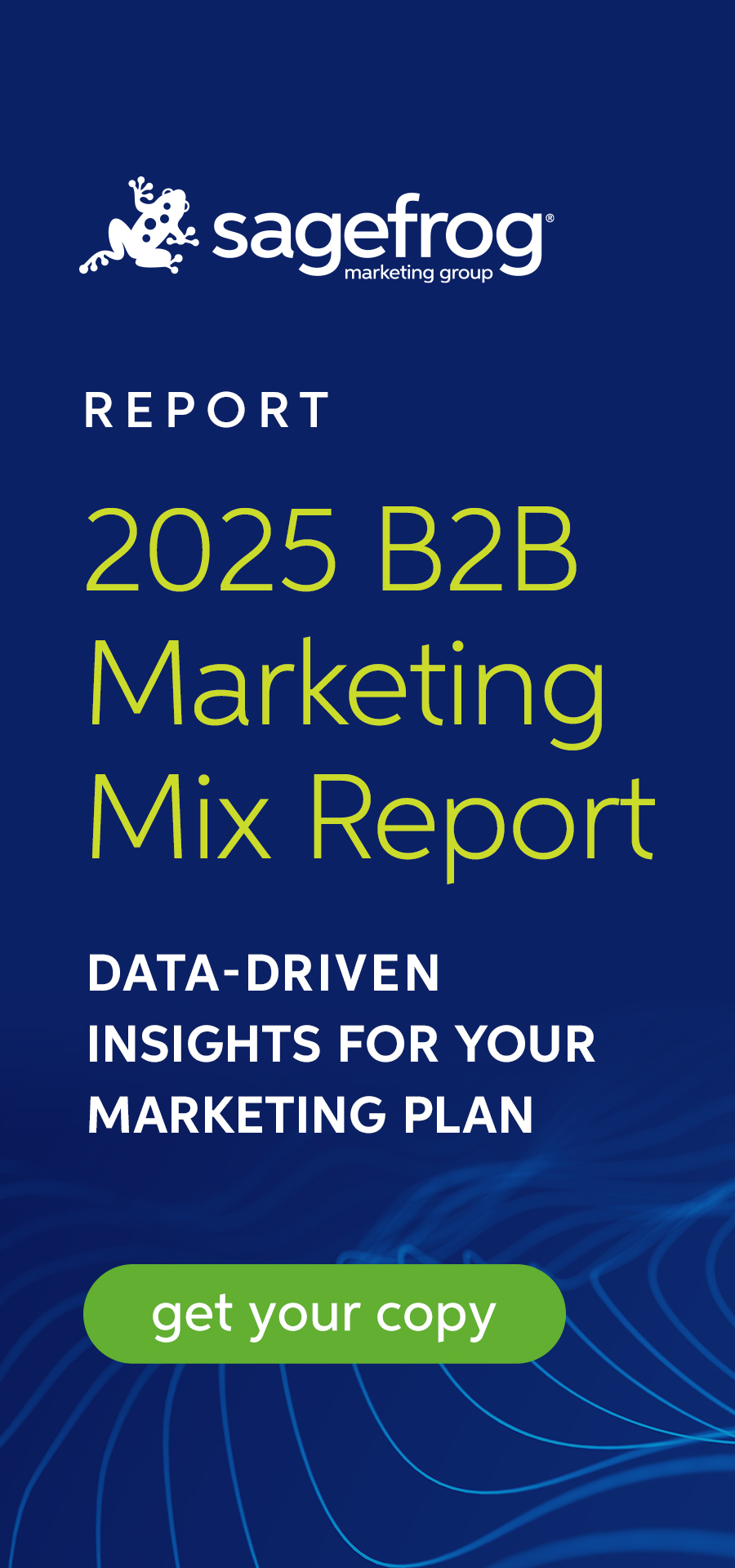You hosted a successful webinar. Congratulations! Now, what’s next?
You’ve done one important part already; hosting a webinar on a topic related to your industry is a great way to content market your expertise and B2B company. Almost three-quarters of B2B marketers say that webinars are the best way to generate sales leads1. However, just running the webinar isn’t enough to ensure success—you’ll need a post-webinar strategy to maximize the benefits to your business.
Your post-webinar strategy should show you in detail how the event helped bring in leads, grow your email list and social media following, increase awareness of your business, and add monthly visitors to your website. It’ll also help you plan for the future—not only for your next webinar, but how to continue marketing the one you just did to bring in even more leads and hopefully sales.
These five best practices will help you create and maintain your ideal post-webinar strategy.
- Send a Thank-You Email
- Review Your Post-Webinar Results
- Put Your Registrant List to Work
- Repurpose Your Webinar Content
- Decide Your Next Steps
1. Send a Thank-You Email
The day after your webinar, send an email to all the registrants on your list. It can be as simple as thanking them for their time and attendance. Make sure to include a link to the webinar recording in case anyone on your registration list missed watching it live but still wants to see the video.
End your message with a strong call-to-action (CTA) for how you want your audience to respond—something like scheduling a call or demo with your team, downloading another resource, or browsing your products and services. In addition to thanking them for watching, you want to offer them another opportunity to engage with your company.
2. Review Your Post-Webinar Results
After your webinar, you’ll have the data you need to measure your results. The questions you’ll want to ask yourself are:
- Did you meet your goals and objectives?
- Did you meet your key performance indicators (KPIs)?
- How many people signed up?
- How many people attended?
- What was your conversion rate of landing page views to sign-ups to attendees?
Depending on your ideal audience, you may want to measure even more data, like where geographically they watched from, how long they watched, and how many people were engaged with your content live, in the form of asking questions or responding to polls in the presentation.
With this information, you’ll be able to see how much of an impact your webinar had on your audience and leads. The numbers will show you where things can be improved and where you had success.
3. Put Your Registrant List to Work
To find leads that align with the registrants from your webinar, go to your list of audience members and work from there. The people that signed up are a good jumping-off point for you to find other leads, potentially from the same companies and circles as your registrants. Then, share your findings with your sales team so they can create a campaign that targets potential leads based on the people who signed up for your webinar.
Plus, use the registrant list to send related resources and information about future webinars and events that your company is hosting. These contacts are clearly interested in your company and your industry—you’ll want to keep their information close for future webinars and content marketing opportunities. It’s important to increase and maintain awareness of your brand to the leads that are qualified.
4. Repurpose Your Webinar Content
Your webinar may be over, but it shouldn’t be gone for good—keep that content circulating on your company’s various web pages. Add the video recording to your website (like Sagefrog did here), post it on your company’s YouTube channel, share clips of it on your social media accounts, write blogs based on the learnings from the webinar, and more.
You’ll want to repurpose your webinar for more related content to continue reaping the benefits from all the hard work you put into making the presentation in the first place. Don’t let your webinar be viewed once and forgotten; keep it top-of-mind for your customers and leads by continuing to present the material in fresh ways.
5. Decide Your Next Steps
Once you complete all the prior steps, you’ll need to decide where you’re going next. Sit down a few weeks after your webinar and review the results and metrics—including how many people viewed the recording and engaged with your social posts after the webinar—to see if you achieved your desired results. Then, decide your next steps:
- Are there more things you can do to follow up on this topic?
- Do you want to do another webinar?
- What will you change or keep the same about the next one?
Having analyzed your results from the webinar and leveraged your new content opportunities will help you see what worked best and what to change in the future. Then, you can move forward and adapt your strategy for your next webinar and your next marketing campaign.
The Importance of a Post-Webinar Strategy
Without a post-webinar plan, you risk losing out on the momentum you’ll gather right after a successful webinar. Once you give your audience great content, you need a plan in place to evaluate your results and utilize the opportunities you see for increasing future engagement—and most importantly, sales.
Following these post-webinar strategies will help your B2B company attract and engage leads. By presenting your audience with this original, useful material, then continuing to promote your webinar afterward, your company will demonstrate expertise and benefit from the spotlight. Get ready to see big post-webinar results!
In need of expert tips or advice to help you plan your next webinar? Check out our top tips for planning a webinar or reach out to Sagefrog today!
[1] https://www.luisazhou.com/blog/webinar-statistics/



